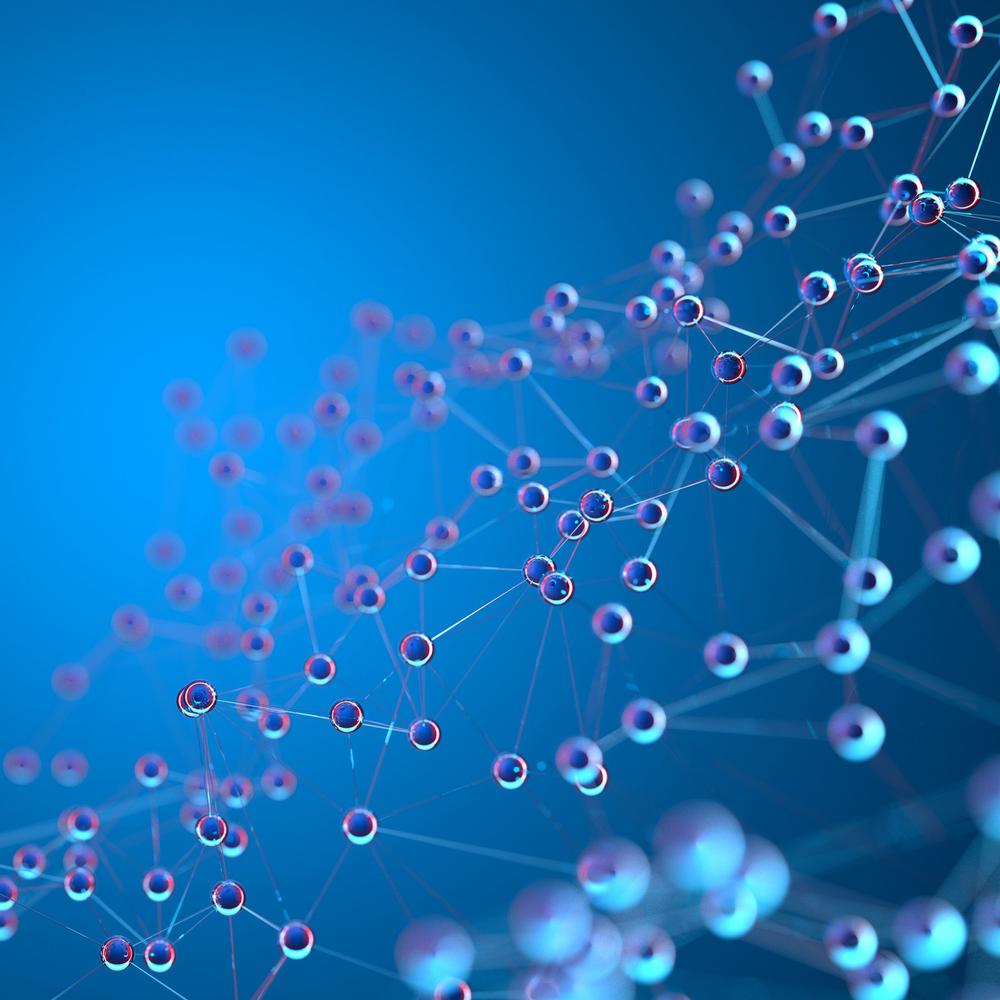HAB Fears Calmed in Colorado

Quincy Reservoir, closed for recreational use in summer 2020 due to harmful algal bloom risk.

The reservoir in summer 2021 after algal bloom treatment and public access was restored.




















